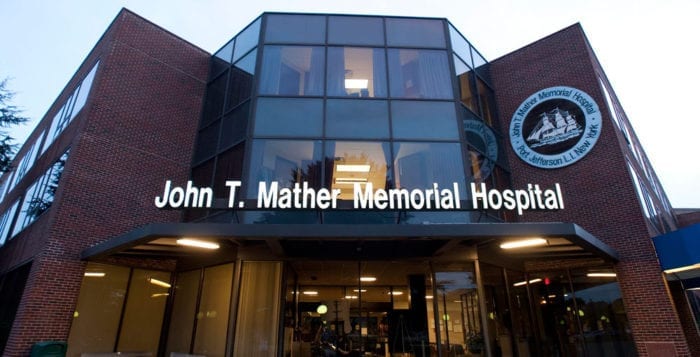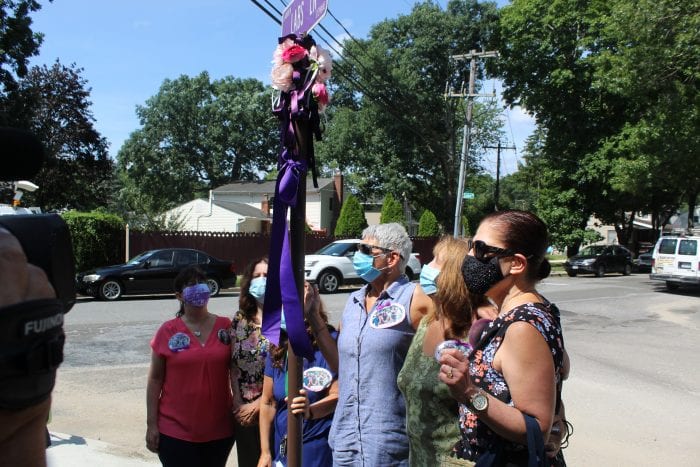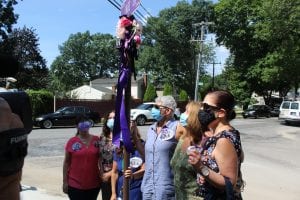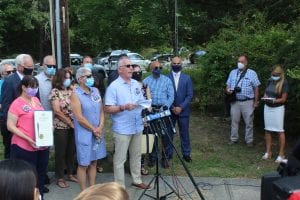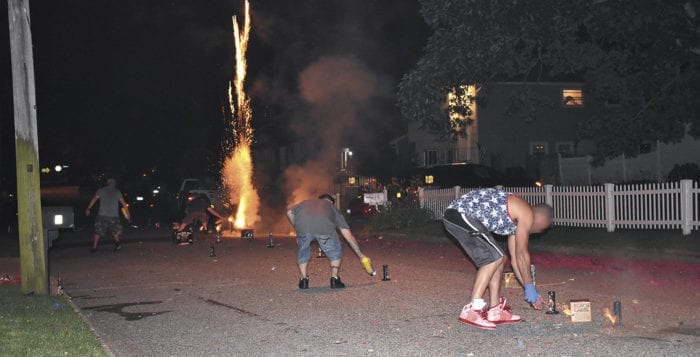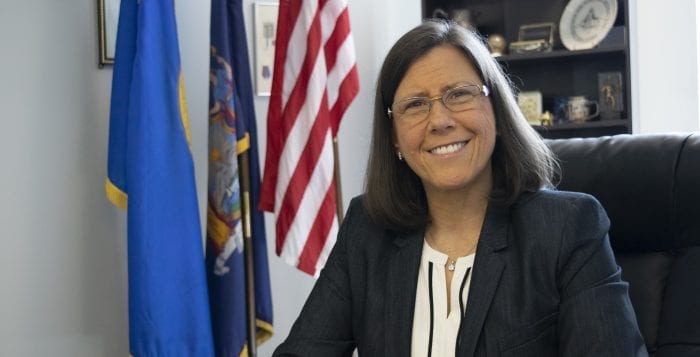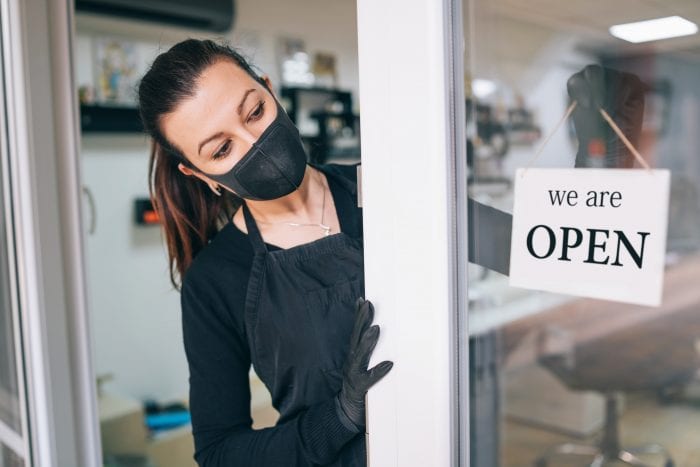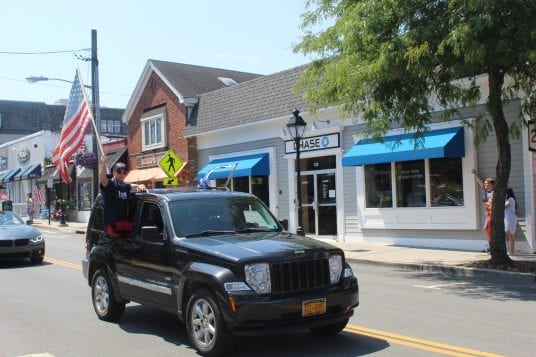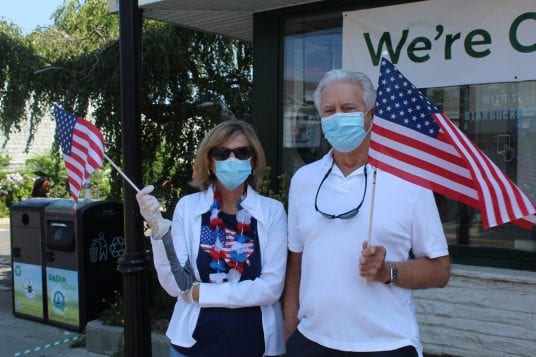After a webinar where a lawyer for the Northport-East Northport school district discussed the LIPA tax case and proposed settlement, the school board voted to accept an agreement that would reduce Long Island Power Authority’s annual tax bill on the Northport power plant at a July 20 board meeting.
In a 6-1 vote, with board president David Badanes being the only “no,” board members reiterated that they wanted to avoid the possibility of losing the tax case and be stuck having to pay years of back taxes.
The approved deal would reduce LIPA’s annual tax bill on the Northport power plant from $86 million to $46 million by 2027.
During a July 15 webinar, Northport parents and community members were provided figures and a detailed overview of the agreement.
John Gross, a lawyer for the school district, defended the proposal while fielding questions from both the public and trustee members. He detailed the tax impact on residents.
“Now we get to the difficult part,” the lawyer said. “I don’t want to mince words. There will be an impact on how much taxes are paid. The efforts of the school board through this attempted settlement is to minimize that as much as possible.”
Gross said owners of a $500,000 house paying $10,861 in taxes would see their tax bill increase to $13,741 in the seventh year of the agreement. Annual increases for residents would go from an additional $288 a year in the first year to $556 a year by year seven. Those increases don’t include LIPA’s payments to the school district, totaling $14.5 million, nor any reduction to the school district’s costs and programs which would reduce taxpayers annual payments.
Gross discussed the implications if the district were to lose the current tax reduction case.
“If there is no settlement and LIPA is successful and able to achieve 75 percent reduction in assessed evaluation, that taxpayer [of a $500,000 home] would immediately have to pay $3,723, in addition to the refund liability that could range from $12,000 to $13,000,” the lawyer said. “[A reduction of] 90 percent would be utterly horrendous.”
The district and LIPA could extend its agreement for an additional five years beyond 2027-28, when its contract with the Northport plant ends. If there is no extension, the payments would cease, according to Gross.
Critics of the deal have called for more transparency, public input and a delay to the approval of the settlement.
Huntington Town Councilman Eugene Cook (R) at a news conference earlier in the day July 15 called for a public forum to allow residents to voice their opinions. He plans to offer a resolution that would set a public meeting Sept. 16 — which would be more than a month after the Aug 11 deadline set by LIPA to approve the deal.
Cook was joined in support by fellow Councilman Ed Smyth (R) and Tom Kehoe, Northport Village trustee. Both Cook and Smyth detailed a previously promoted plan for the town to condemn the plant and take it over through eminent domain.
“We don’t need your permission to take it, we’ll pay you 154 million pounds and take it,” Smyth said, alluding to British-based energy company, National Grid.
Kehoe reiterated the need for a public meeting and said the Northport plant has been “a burden on the people of this district for many, many years.”
Huntington Town Supervisor Chad Lupinacci (R) has recently stated that “LIPA’s latest settlement proposal is, by far, the best offer presented to the town to date.”
A ruling on the tax case is expected to come from the state Supreme Court in Riverhead sometime this summer.


